On post-baby birth control
I really do feel like I’m in the homestretch now. Only two weeks ‘til my due date, although I’m telling myself that I won’t go until at least 41 weeks so I don’t get too antsy. Considering how fast the days go by, I have a feeling the next few weeks will go very, very quickly.
I’m feeling pretty good, overall. I still the worst carpal tunnel syndrome and get tired easily, but both are to be expected. My blood pressure is low (very important at this point in pregnancy), and although my weight gain has slowed a bit, the bump measures larger and larger each week. The midwife said we’ll have a 7 pounder – the Husband was less than 5 pounds, so let’s hope she or he takes after me (I was 7.5 pounds).
Although my workouts are getting shorter and shorter, I’m still moving. I’m making it to the pool at least twice a week, sometimes three times – I swam 0.5 a mile this morning! My new great fear is that my water will break in the pool. And James and I have been continuing our daily walks – we just walk a shorter distance and later at night so I can escape the heat.
This week, I thought it would be interesting to discuss post-baby birth control (or just birth control in general). Actually, my series on The Big Birth Control Question is one of the most popular on the blog. If you’re a newer reader, or just need a refresher:
-
Part I (February 2010) – I began to have concerns that I’ve been on the Pill for “too long†and feared I wouldn’t get my period if I go off of it after hearing horror stories from my girlfriends and other bloggers. At this point, I had consistently been on the Pill for about 10 years.
-
Part II (July 2010) – I begin to educate myself about the Fertility Awareness Method and went off the Pill. FAM utilizes your body temperature and several other signs to predict when you are ovulating; you avoid unprotected sex during the ovulation window. (If you want to know more about FAM, I highly recommend Taking Charge of Your Fertility.)
-
Part III (September 2010) - I used several different techniques to follow FAM and talked about the Pill withdrawal.
-
Part IV (December 2010) – I decided to go back on the pill because I didn’t feel FAM was working with my irregular periods. Otherwise, I really liked the method (and didn’t get pregnant while on it, obviously).
-
Mid-summer 2011 – I went off the Pill again (but did not experience withdrawal symptoms this time around) because we decided to try to get pregnant. We used FAM in the meantime, waiting a few months before actively ‘trying.’
-
September 2011 – We conceived (i.e. in the end, being on and off the Pill really didn’t impact my ability to conceive almost immediately, which is pretty much what manufacturers promise, although I’ve heard many stories of it working out differently).
-
November 2011 – We announced our pregnancy (<— If you missed our announcement post, it’s pretty cute!) and answered a few FAQs.
I definitely believe that birth control (as well as irregular pap smears and what happens after you get one) is something that should be discussed more openly among women, which is why I’ve always been so upfront about it. It’s a really important part of our lives and our health.
One of the things that surprised me about going on the Pill when I was 16 is that no one really talked to me about the potential health consequences or side effects of being in the Pill. Look – there are many, many, MANY benefits to being on the Pill. For well over a decade, I wanted to do the horizontal polka but did not want to get pregnant in any way, shape, or form. Pregnancy would’ve been a major emotional, financial, and/or professional hiccup. I think hormonal birth control is an excellent option for a lot of women; there’s a reason I stayed on it so long. Even including human error, it’s extremely effective. But as I grew older and my life stabilized, and the thought of an unplanned pregnancy seemed less and less scary, I realized that – for me – the drawbacks of hormonal birth control were slowly outweighing the benefits.
The other day, I turned to the Husband and said with a laugh, “Man – I guess we have to think about birth control again soon.†One advantage of being pregnant – it’s the ultimate birth control! Hah.
I know one thing for sure – I do not want to go back on the Pill. My major problem with the Pill is that it artificially induces my period, so it’s next to impossible to know if my body is functioning the way it should. It can cover up symptoms of a larger problem. I really hate this idea. If we got pregnant again in six months, it would not be the end of the world (we are NOT planning this; I’m just saying that if I was in another life circumstance, I may feel differently about such an easy and effective method). So I started to explore a few different options…
Have you heard of the Lactational Amenorrhea Method (LAM)? Basically, LAM takes advantage of ‘lactational infertility’ that occurs while you are breastfeeding. According to Planned Parenthood, it can be just as effective as the Pill. The La Leche League claims that some clinical trials show it has a 99% effectiveness. Basically, if you are a new mother who fits the following three criteria, you can use the LAM method: Your baby is less than 6 months old, you are amenorrheic (your period hasn’t returned), and you are breastfeeding day and night regularly (every four hours during the day and every six at night). ‘More intensive’ periods of breastfeeding extend your infertility further. Feeding formula, pumping instead of nursing, and introducing solids have been proven to reduce the effectiveness of LAM.
(Source)
The other option that I am considering is the copper IUD (known by the brand name ParaGard). An IUD is a U- or T-shaped device that is inserted into the uterus; copper IUDs are non-hormonal and work by making the lining of the uterus inhospitable to sperm and any fertilized embryos. The IUD has to be inserted and removed by a doctor and lasts up to ten years. So there’s a huge bonus – insert it and be done thinking about birth control – yay! Plus, since it doesn’t contain hormones, your period comes as it naturally would. And it’s 99% effective.
(Source)
I am, however, concerned about some of the potential side effects of an IUD, including the introduction of bacteria during insertion, the risk of inflammation or scarring, a reaction to the copper/nickel, and heavier and more uncomfortable periods.
Assuming that breastfeeding works out, we will probably use LAM for a few months, and once I fail to fit one of the criteria (I get my period, the baby is older than six months, or I stop exclusively breastfeeding), we’ll switch to the IUD. I’m not thrilled about the idea of inserting a copper device into my uterus, but it does seem like one of the best options for us.
My final question: WHEN ARE THEY GOING TO INVENT THE MALE PILL?! I’m still waiting for this!
So – I’d love to hear feedback from everyone, whether you’re a momma or not. What birth control method do you use? What do you like and dislike about it? Anyone using the LAM or FAM methods?

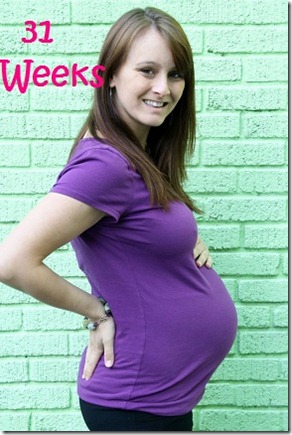
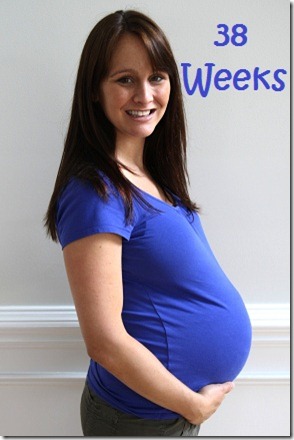
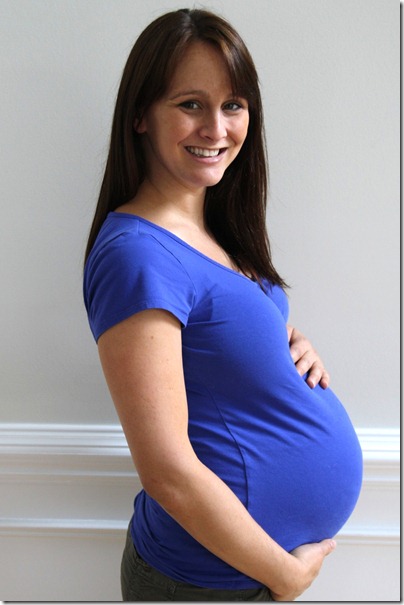


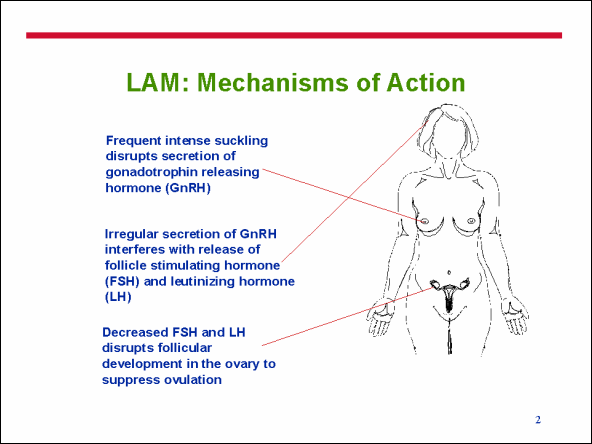
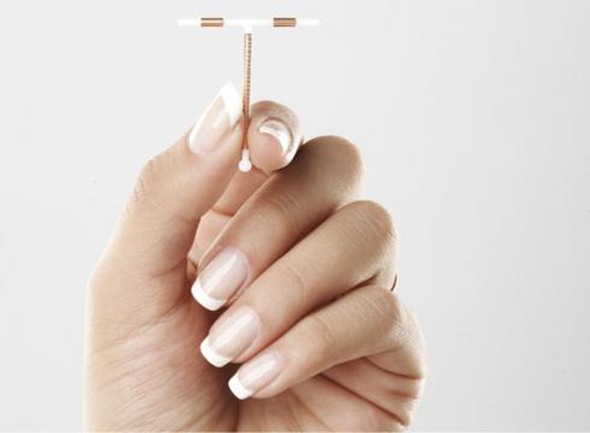
I was on various forms of BC and then switched to the Depo shot about 5 years ago. I LOVED not having a period and didn’t notice any side effects at all.
And then I had a hip injury (that I had surgery for in March) and just couldn’t shake the feeling that maybe it was somehow related to my BC. I know the chances are highly unlikely-and everyone I have talked to says there’s no way it was connected (I fell while running, tearing the cartilage in my hip). BUT-I didn’t understand how a little fall caused such a huge problem in a young, healthy, normal weight woman. I knew about the bone problems some women have on Depo so I went off of it.
Long story short-the withdrawl was pretty painful, since I hadn’t ovulated in about 5 years. I’m still not on BC as I recover from my surgery and my boyfriend and I are OK with that and practicing safe sex.
I was very frustrated no information existed to me on long term potential issues regarding BC and I’m a scientist so I want evidence-based information!